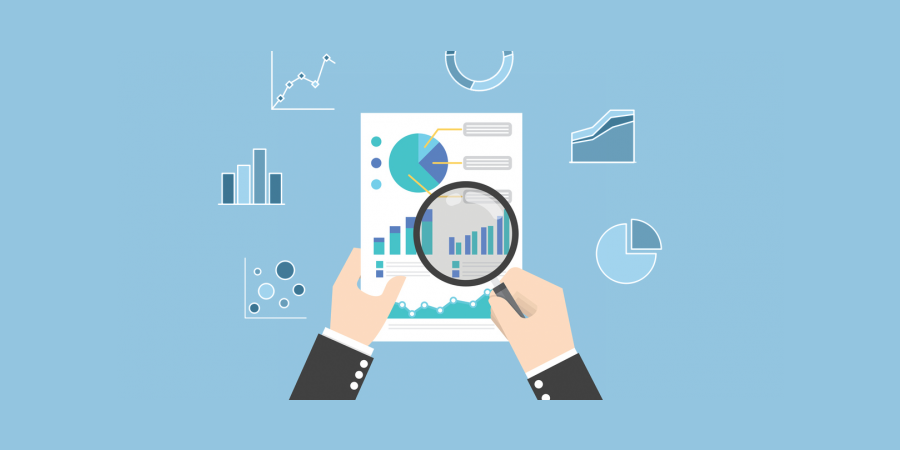Reverse Osmosis & Industrial RO System Benefits
Article
Industries are being reshaped by major disruptions and the companies embracing these changes are gaining a competitive edge against their competition.

Autonomous, data driven solutions are replacing the inefficiencies of legacy technologies. In the past few years, Tesla has become the most valuable auto manufacturer, Amazon has replaced the weekend trip to the mall and the only Blockbuster stores remaining are in remote areas of Alaska where the Wi-Fi isn’t strong enough to stream video. Just last week, SpaceX successfully launched the world’s most powerful operational rocket, returning two of the three cores safely back to Earth for reuse on future missions. If Elon Musk’s Tesla Roadster flying through deep space past Mars and towards the asteroid belt playing David Bowie’s “Space Oddity” on repeat doesn’t highlight how fast change is occurring, I don’t know what will.
Today’s water and wastewater treatment professionals, know that an increased public awareness and scrutiny around industrial water use has driven industry leaders to more closely manage their water resources. As corporate teams define sustainability initiatives to: reduce water footprint, increase bottom line profitability, and reduce risk associated with public, shareholder and customer backlash; the management and operations teams at the plants are left to implement the solutions. It’s not uncommon to see a disconnect between the corporate and plant level as the operational drivers vary from individual to individual. This is not only for corporations - there's a big push for municipal water operators to streamline operations and hit operational and sustainability goals.
By example, a corporate team may be pushing for a 30% reduction in water use over the coming three (3) years, however the plants are responsible for coming up with ideas on how to achieve that metric. Normally, simple changes can be implemented around the plant to reduce wasted water (using wastewater for irrigation, replacing lawn with desertscape, using air rinse systems over water rinse systems, etc.), however eventually, the only options left come down to evaluating the performance of the core treatment equipment.
In the United States and developed countries, over 70% of industrial plants utilize reverse osmosis to generate boiler makeup water, cooling water, ingredient water, process water, ultrapure water, discharge requirements, etc. Reverse osmosis (RO) is ultimately the workhorse of industrial water treatment systems, with the performance dictating the requirements for the upstream and downstream equipment (if needed). To date, the industry accepted metrics for monitoring reverse osmosis performance have included the following:
- Normalized Permeate Flow
- Differential Pressure
- Normalized Salt Passage
While these metrics will provide owners and operators the information necessary to anticipate when to clean their membranes, they don’t demonstrate how one company can achieve a competitive edge over another. This is why if you ask the majority of owners/operators how their RO is operating, many will respond back positively, not having the full picture or recognizing the opportunities for increased efficiencies. To align the objectives of the corporate teams with the management and operations teams at the plant, more information is required to provide complete transparency and accountability for how an RO is truly performing with strong Key Performance Indicators (KPIs).
The below questions are designed for owners and operators to assess how other aspects of RO performance can drastically change their objectives at the plant and corporate levels.
- Are we seeing fouling or scaling on our membranes? The answer to this question can determine CIP frequency, membrane life, system downtime, chemistry program, etc.
- If we could increase our RO recovery from 75% to 95%, how would this effect our monthly water and wastewater bill? As the costs of water rise around the world, some at over a 10% CAGR, reduction in water footprint can drastically reduce operational costs. In addition to the benefits to the local plant P&L, these efforts can increase shareholder value companywide both in terms of dollars and the CSR benefits of gallons of water saved.
- If we could reduce the permeate conductivity by 50% by operating tighter membrane elements, how would this effect the performance and associated cost of downstream equipment? In the steam and power generation industries, increasing cycles in the boiler or reducing loading to downstream polishing equipment can outweigh the energy cost associated with operating tighter membrane elements. In the beverage industry, lower permeate quality can open the door to new bottling lines/products.
- Does our RO system automatically adapt to seasonal changes to ensure a consistent product water? If your plant sees variability in feed water due to conditions outside your plant in terms of conductivity and temperature, your RO should automatically adapt to these changes. What are the consequences if this doesn’t occur?
- Does our RO have the flexibility to handle changes in feed water source or composition that may come in the next ten years? As the water industry becomes more closely monitored, new water and wastewater sources are being utilized that can be out of the control of the industrial plants they serve. Are you currently setup for success or failure?
If you ask yourself and your team these questions, it will be an invaluable exercise in assessing RO performance and will allow your team to align itself with other stakeholders in the organization.